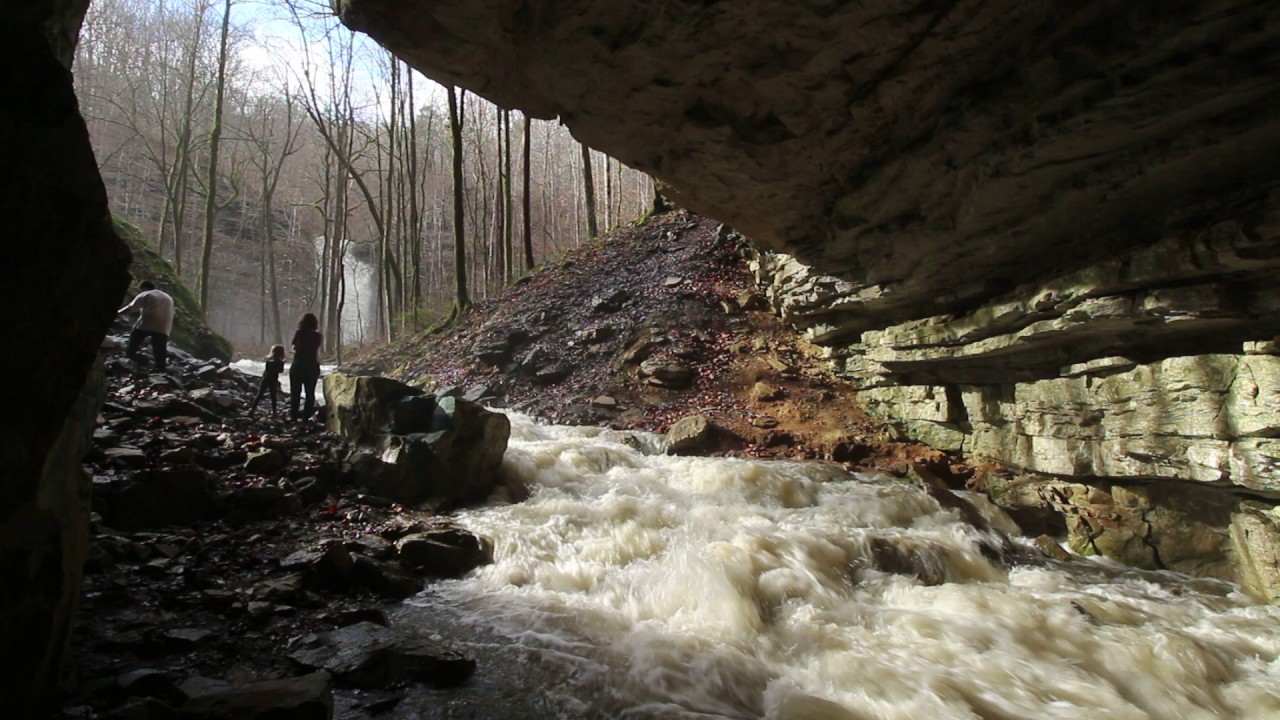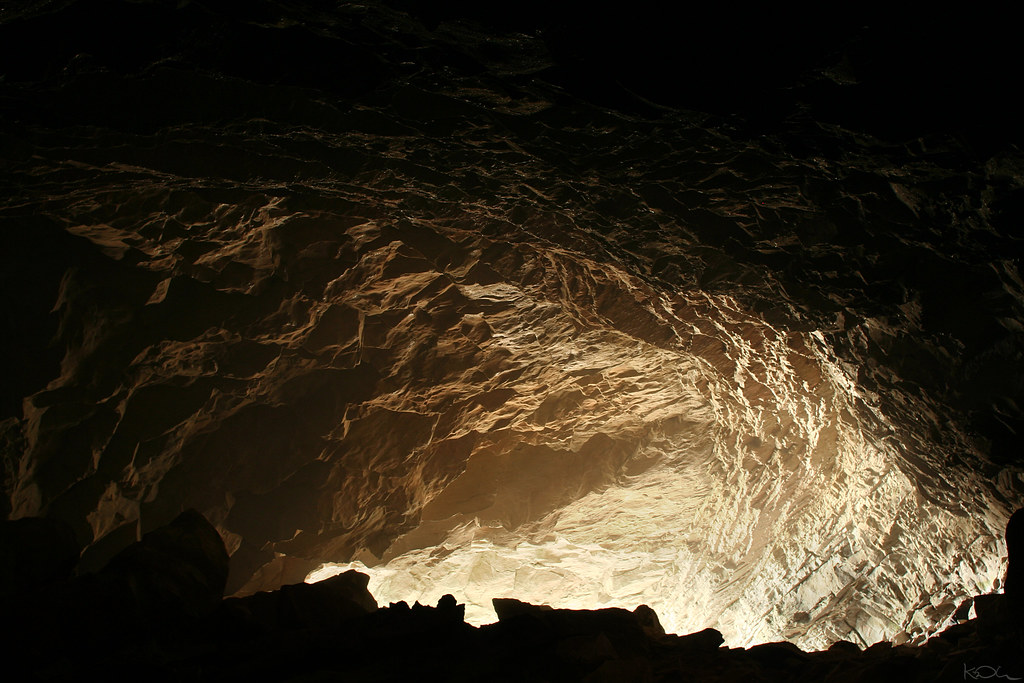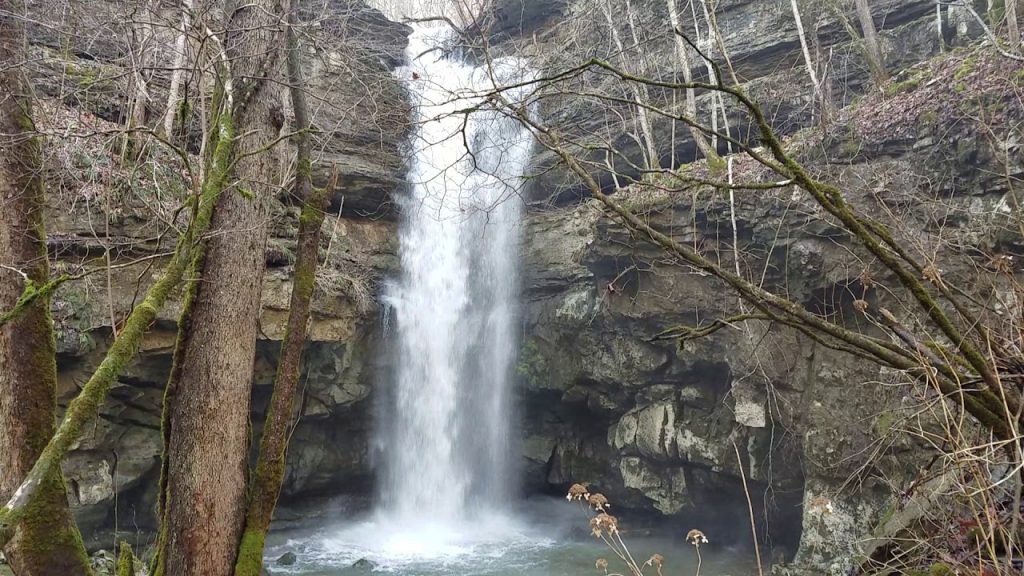
Nestled on the western flank of the Cumberland Plateau, Lost Creek State Natural Area offers a splendid mix of natural wonders and geological formations, making it a prime destination for nature enthusiasts and adventure seekers alike. With its scenic centerpiece, the magnificent Lost Creek Falls, and the intriguing Lost Creek Cave, the area presents a fascinating study of nature’s artistic prowess, ideal for adding to your Fall Creek Falls itinerary.

Lost Creek Falls, a stunning 40-foot waterfall in White County, offers more than just beauty. It is geologically linked to nearby Virgin Falls. The waterfall flows from a large spring, cascades over a rocky ledge, and vanishes underground, completing a mesmerizing natural cycle. Adjacent to the falls is the expansive Lost Creek Cave, featuring an impressive entrance shaped by a large sink or bowl. This formation captures and holds cold air, fostering a unique microclimate.
This microclimate supports lush vegetation, including ferns, flowers, and liverworts in warmer months. Inside, the cave’s cool air offers a refreshing escape during summer’s hottest days. It’s a popular spot for visitors to the Lost Creek State Natural Area and nearby Fall Creek Falls State Park. The cave’s large sink area was chosen by the Walt Disney Corporation as a filming location for the 1994 “Jungle Book,” featuring both the waterfall and the cave entrance.

Lost Creek Cave ranks as one of Tennessee’s larger caves, featuring five entrances and seven miles of mapped passages. This popularity stems from its array of subterranean wonders available for exploration. It also serves as a crucial habitat for the federally protected Indiana bat. To protect these bats, access to the cave is limited during hibernation and swarming periods. Visitors need free permits from the Nature Center at Fall Creek Falls at other times.
The cave’s geology marks the transition from the Cumberland Plateau’s hard sandstones to the Highland Rim’s more soluble limestones. This geological diversity enriches the area’s landscape, which features a rich tapestry of mixed hardwoods. In spring, vibrant wildflowers bloom, and lush ferns and mosses thrive year-round.
We owe the public access to Lost Creek State Natural Area to James and Lillian Rylander’s generosity. Mr. Rylander ensured the area’s preservation and enjoyment for future generations by bequeathing it to the state upon his passing.
Lost Creek State Natural Area serves as a gateway to Tennessee’s stunning landscapes and plays a key role in conservation and outdoor recreation. Its proximity to Fall Creek Falls enhances its appeal, making it essential for anyone exploring this picturesque region. Whether drawn by the call of the wild or underground adventures, Lost Creek offers an unforgettable experience.